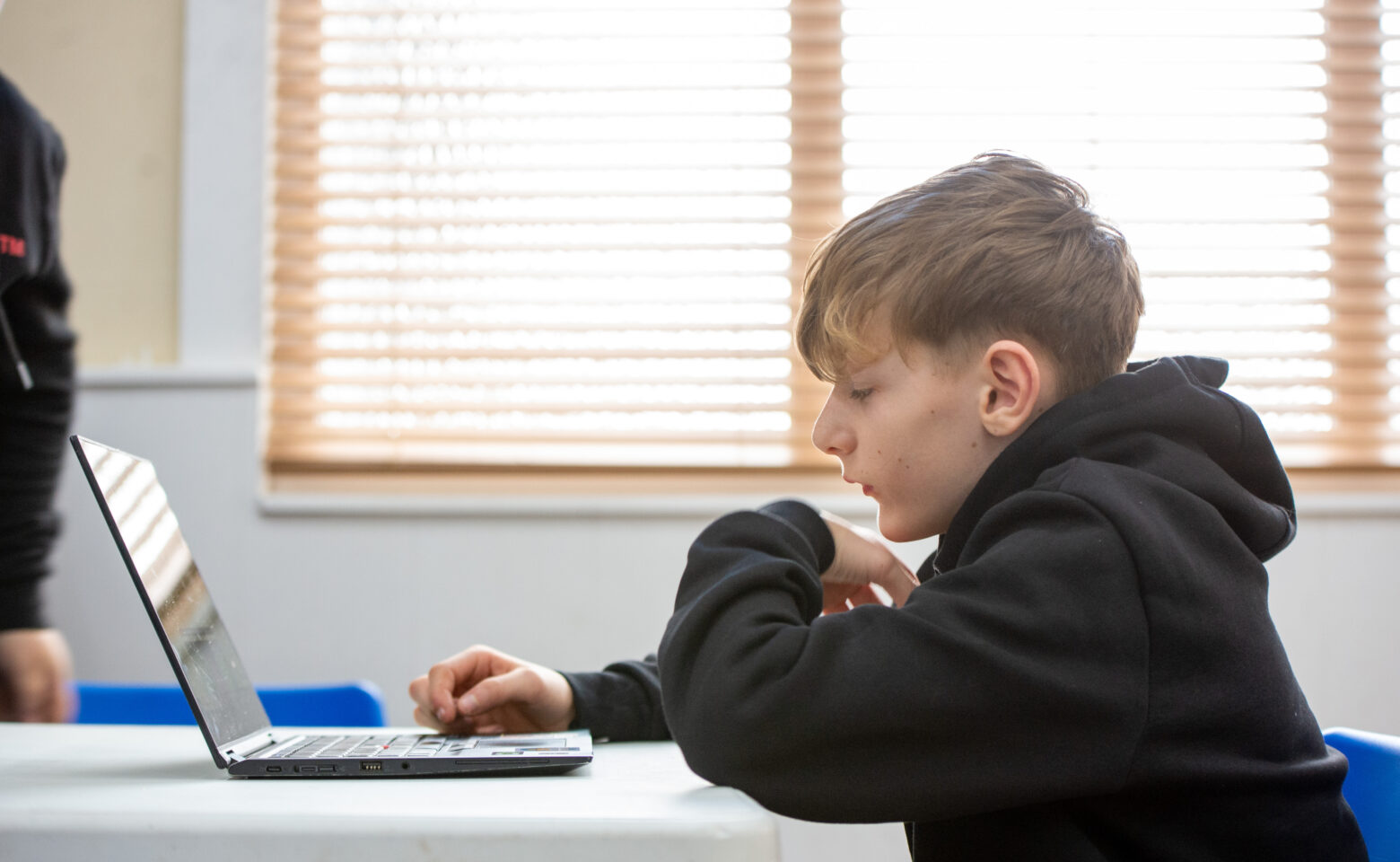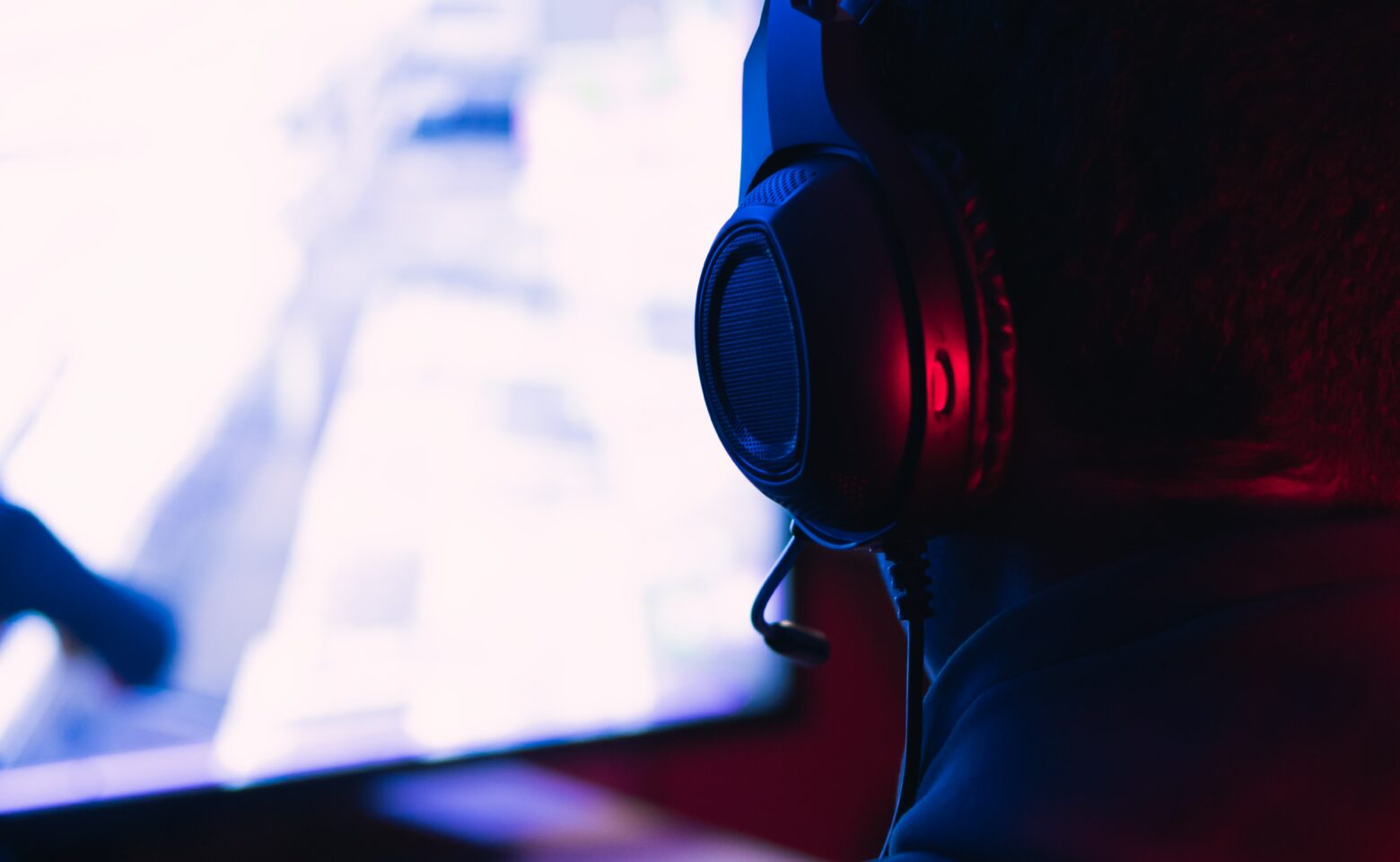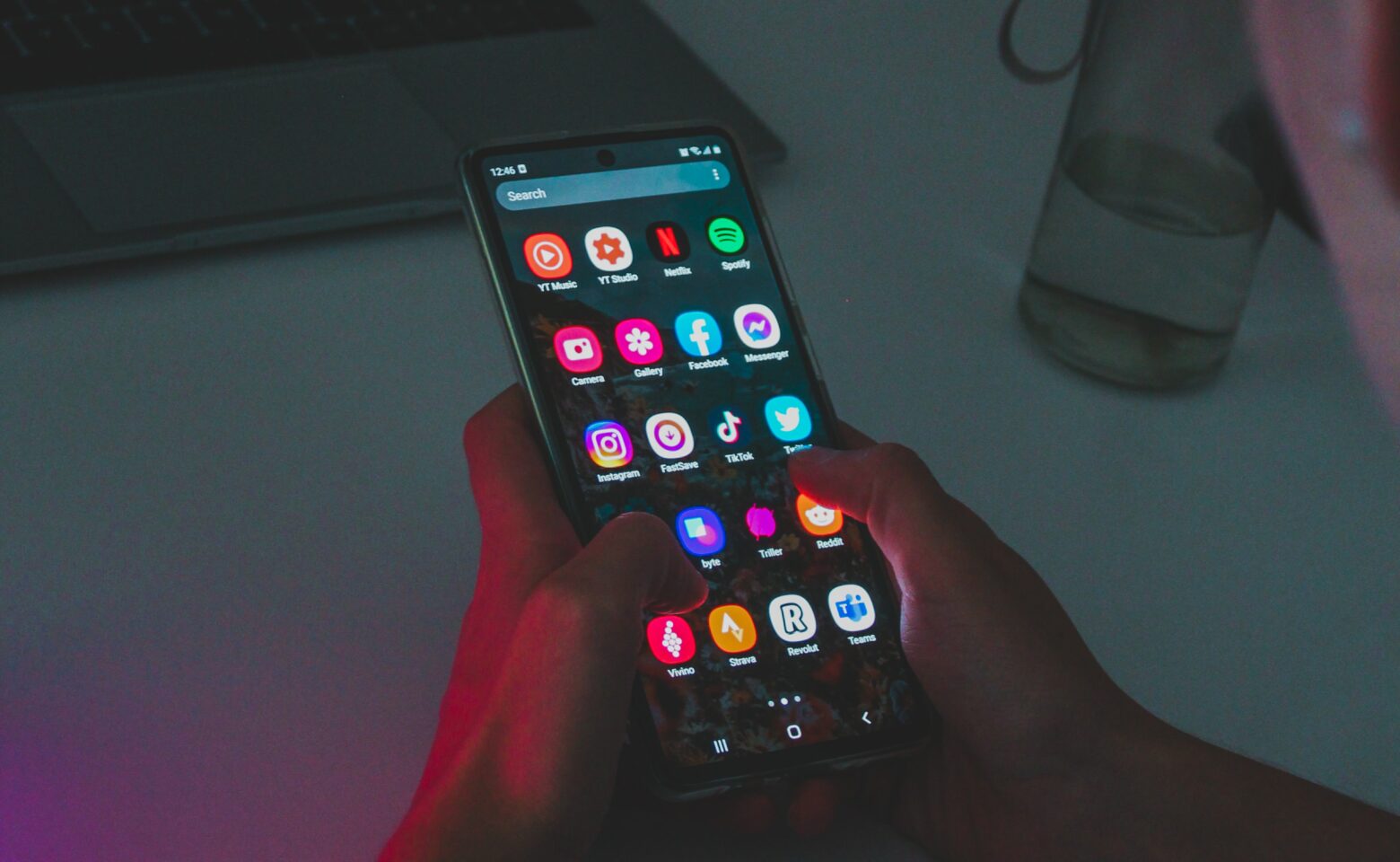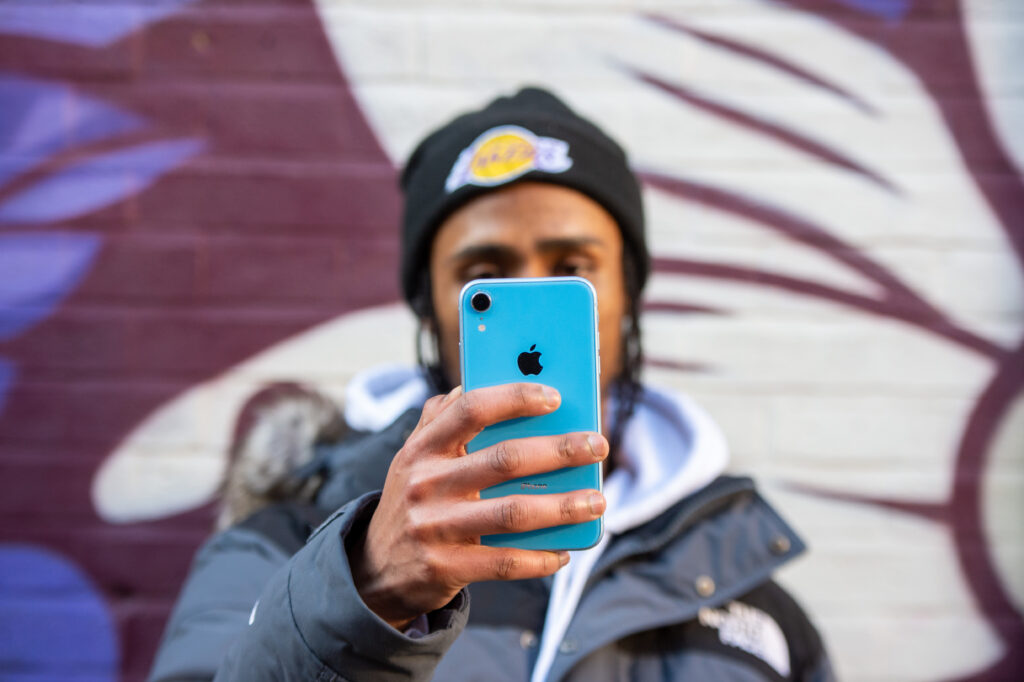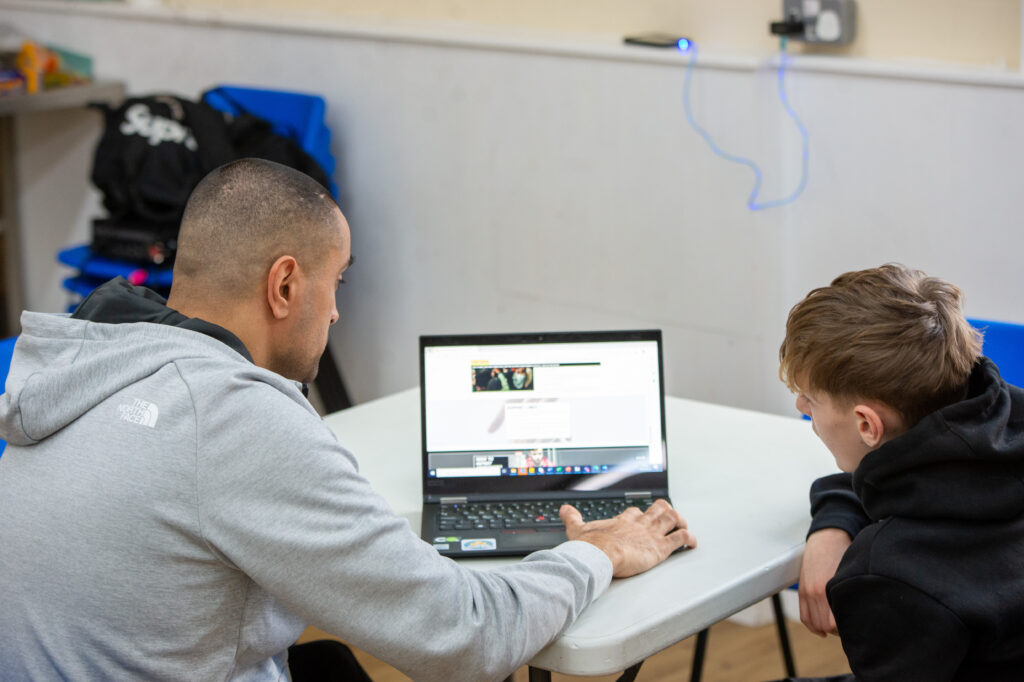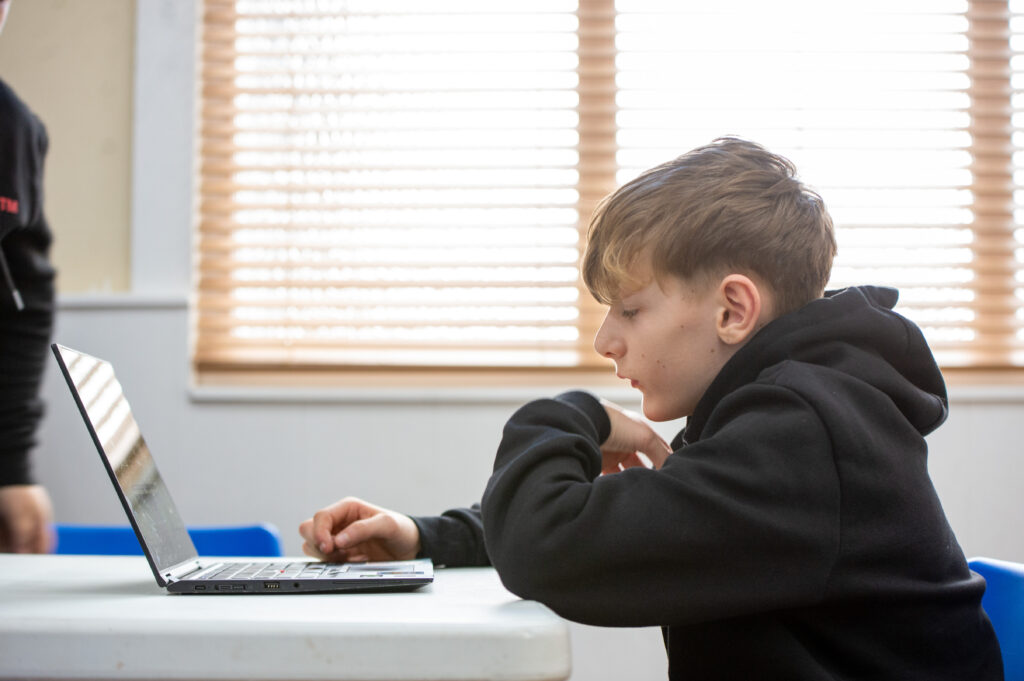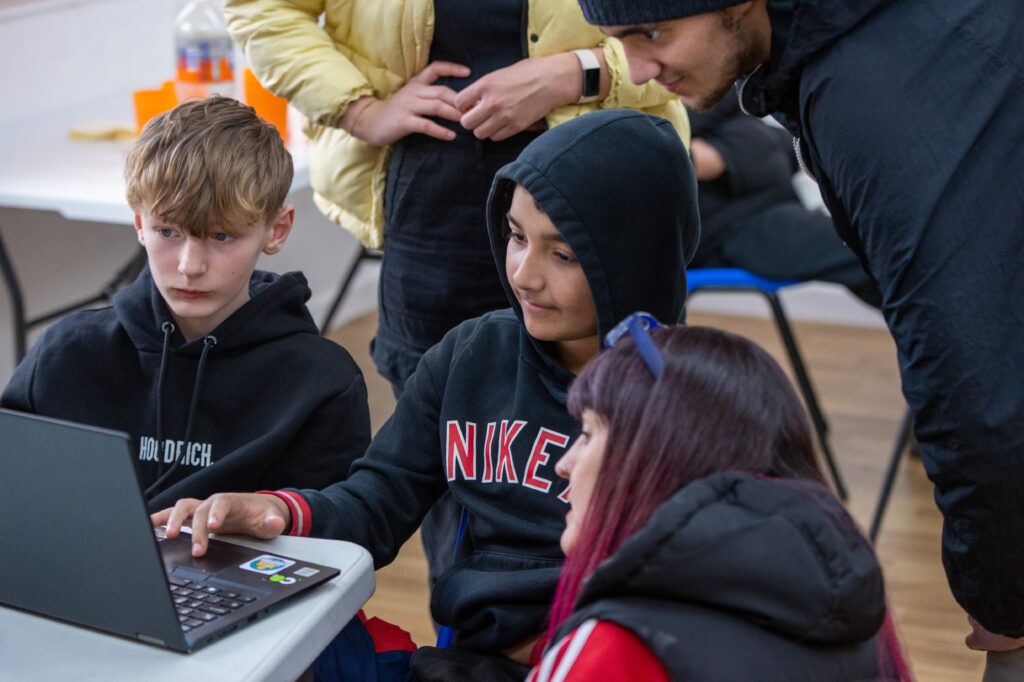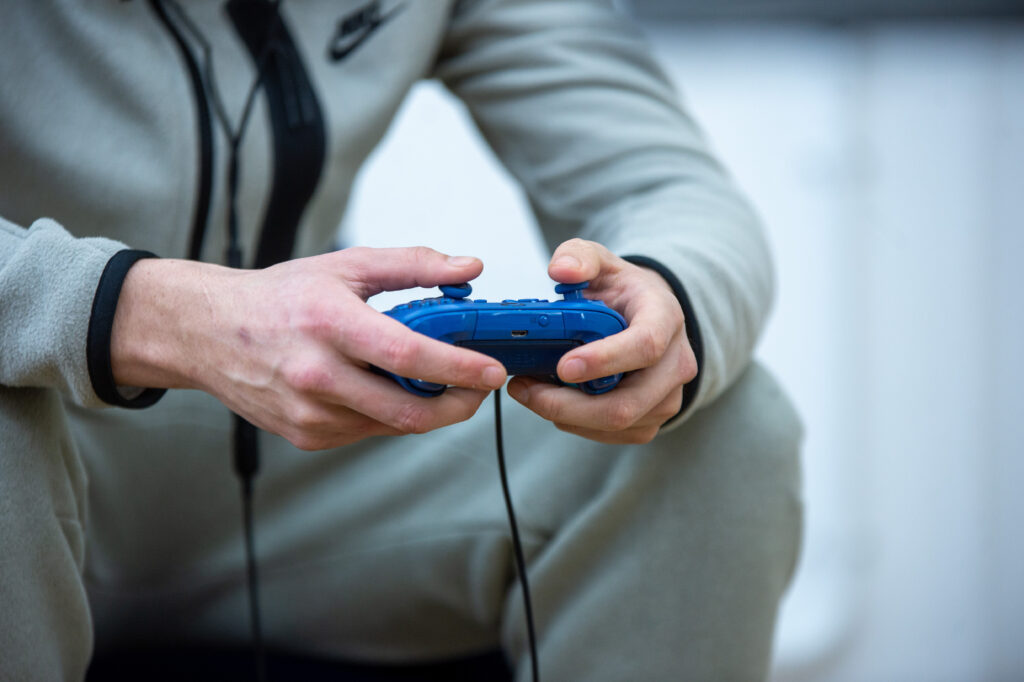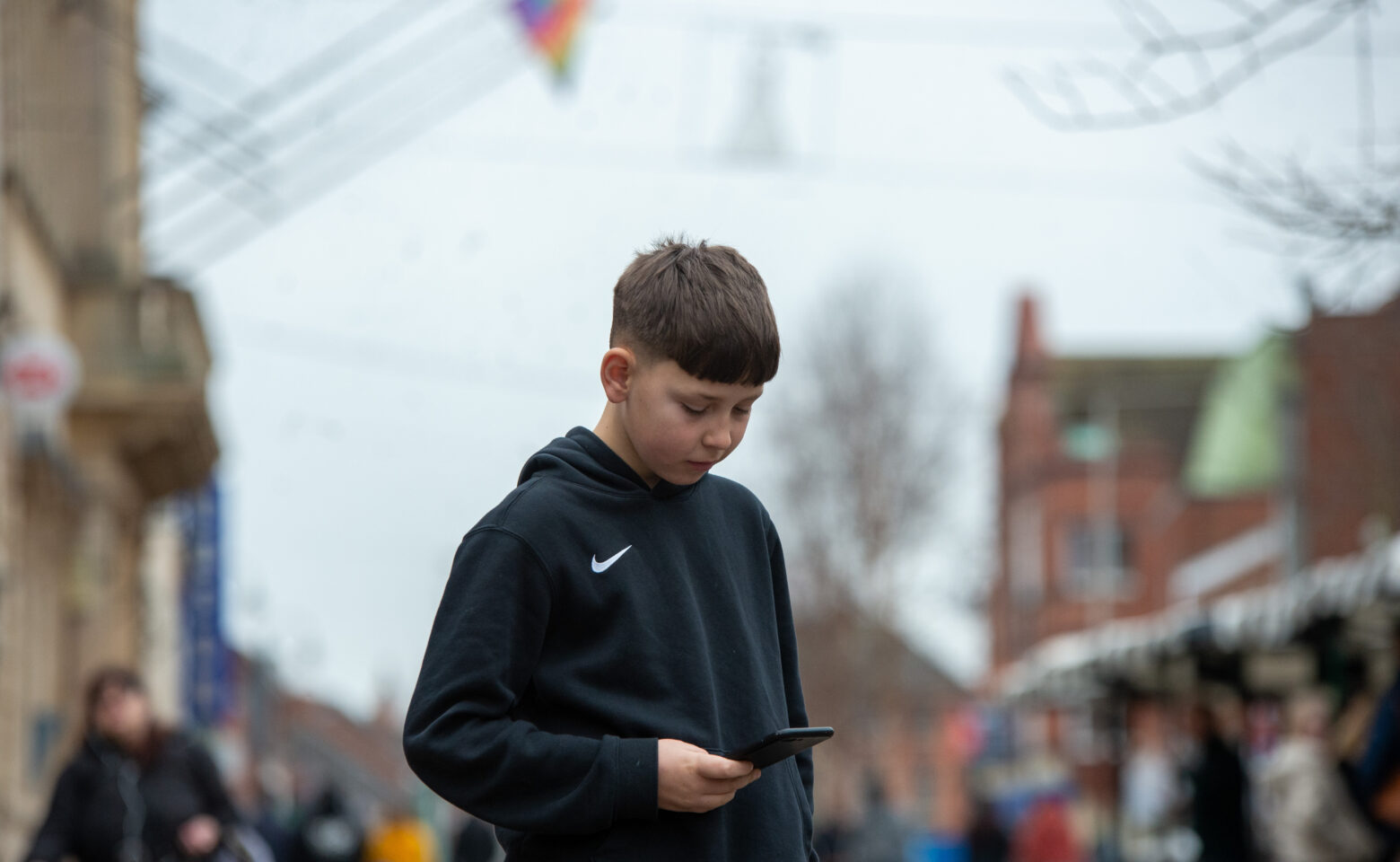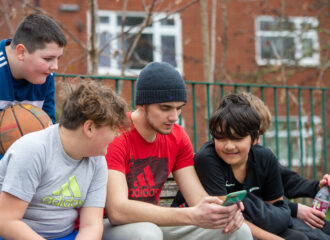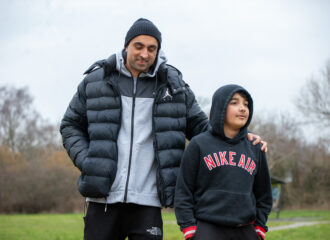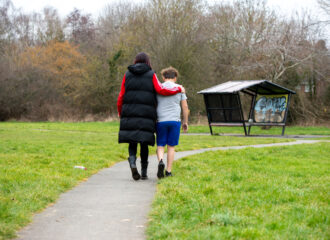General online safety
As a parent or carer of a young person it can be tough to understand everything that is available to a child online. However, it’s essential that you are able to help them use the internet, games and social media safely.
Talking to a young person about what they’re doing, looking at, and how long they’re spending online is incredibly important. This isn’t you disciplining or checking up on them but making sure they know their boundaries and the risks of being online. It also helps them understand that they have a safe, judgement-free space to come to if things ever go wrong.
Think about asking them:
- What are the newest / best / your favourite websites and apps?
- What are your friends doing online?
- What social media sites do you use?
- Has anything you’ve seen online ever made you feel weird, sad or uncomfortable?
Understand their digital footprint
To help a young person understand the extent of the internet, it can be helpful to sit with them and Google both them and yourself. We all have a digital footprint, which is the data that gets left behind every time we use a digital service.
For example, each website we log onto, email we send or photo we tag on Facebook provides a trail of information that can be traced back to you.
WHERE TO START?
Because of the sheer size of the internet, it can feel a little overwhelming. However, we recommend starting the conversation around the following areas:
- Security (passwords and internet parental controls)
- Social media (including things like TikTok, WhatsApp and Snapchat)
- Gaming (both on and offline)
- Risks online (grooming, radicalisation, bullying and cybercrime)
GROOMING, RADICALISATION AND CYBERCRIME
Used in the right way, the internet provides entertainment, connectivity and interaction for millions of us across the world. However, there are many individuals and groups who exploit the size and power of the internet, and use it as a tool for grooming, radicalisation, bullying and cybercrime.
The end goals of people doing this may be different, but there are many things they have in common. Like the way they operate, the techniques they use, the signs exhibited by their victims and the devastation they can cause to their victims and those around them.
What is grooming?
Grooming is when someone builds a relationship, trust and emotional connection with a person so they can manipulate, exploit and abuse them. It can be done for a number of reasons, including sexual exploitation, criminal exploitation and radicalisation.
Sexual Exploitation
Child sexual exploitation happens when a young person is encouraged – or forced – to take part in sexual activity. It might be in exchange for gifts, money, alcohol or emotional attention. It happens to young people from all backgrounds and communities, across the UK both online and offline.
Child sexual exploitation is never a young person’s fault, even when they ‘agree’ to sexual activity.
Kayleigh’s Love Story
Kayleigh’s Love Story is a warning to young people, both girls and boys, about online grooming and the dangers of speaking to strangers or ‘friends’ you only know online.
The film highlights how quick and easy it can be for children to be groomed online without them even knowing it is happening. Its purpose is to protect children and stop another family losing a child in this way.
It carries a 15 certificate, meaning for audiences who have no prior knowledge of what they are about to watch it would be suitable for people aged 15 and above.
More information about the film can be found here : Kayleigh’s Love Story | Leicestershire Police (leics.police.uk)
What is online bullying?

Bullying is behaviour that hurts someone else and can include name calling, hitting, pushing, spreading rumours, threatening or undermining someone. It’s usually repeated over a long period of time and can hurt someone both physically and emotionally.
Online bullying includes all of the above, as well as sending, posting or sharing mean, false or harmful content about someone else. It can take place over digital devices, like a laptop or phone.
Things to look out for in a young person that’s being bullied online include:
- Belongings getting ‘lost’ or damaged.
- Being afraid to go to school and feeling mysteriously ‘ill’ each morning, or skipping school altogether.
- Asking for or stealing money (to give to whoever’s bullying them).
- Being nervous, losing confidence or becoming distressed and withdrawn.
- Problems with eating or sleeping.
- Bullying others.
If a young person is being bullied online, offer reassurance and support and encourage them to:
- Keep the evidence (screenshots or messages).
- Block the people doing the bullying.
- Report any bullying content to the website it’s hosted on.
What is cybercrime?
Cybercrime refers to a range of crimes carried out online, through computers, laptops, tablets, games consoles and phones.
Cyber criminals look to exploit human or security vulnerabilities so they can steal passwords, data or money directly.
WHAT IS RADICALISTION?
Radicalisation is when people come to support terrorism and extremism and, in some cases, go on to take part in terrorist groups.
Being radicalised is different for every individual and can take place over an extended period or within a very short time frame. Violent extremists can be so persuasive that even the least likely young person can get swept up and attracted to their cause.
If you’re concerned about a young person being radicalised online, get help and support from the Leicestershire Police Prevent Team.
Christianne and Damian’s story
Christianne’s son Damian was radicalised online and died fighting for ISIS in Syria. Take a look at their story here.
I have questions about grooming, bullying and cybercrime
Who can be a victim?
Anyone, no matter their age, can be a victim. There are things that can make someone more vulnerable though:
-
Their age
-
Their faith
-
Their sexuality
-
Having mental health issues
-
Being shy
-
Feeling angry
-
Feeling under threat
-
Seeking identity, meaning and belonging
-
Looking for excitement or adventure

Spot the signs of a dangerous situation online
This list is not exhaustive, but it may help you identify and talk with a young person about anything you’ve noticed or are worried about:
- Isolating themselves from family and friends.
- Changes in their appearance and friendship groups.
- Stopping doing the things they used to enjoy.
- Suddenly having new items (gifts) like phones, money, alcohol and jewellery.
- Sympathetic to concerning people, groups or ideologies.
- Persistently going missing from school or home without an explanation.
- Sudden decline in school results.
- Unexplained injuries.
- Using language you wouldn’t expect them to know.
- Talking as if scripted or unwilling to discuss or listen to other points of view.
- Sudden disrespect to others or a particular group.
- Increased levels of anger.
- Carrying weapons.
- Carrying multiple phones or receiving many calls.
- Increased secretiveness, particularly around their internet usage.
- Embracing conspiracy theories.
Social media
Social media is simply a space online for communities and friends to share ideas, thoughts, information, videos and photos.
It covers not just the main social networks and media sharing platforms like Facebook, Snapchat, Instagram and YouTube for example, but also includes online discussion forums and blogs too.
Young people can be easily influenced by social media, as they can create online echo-chambers which reinforce a viewpoint through a distorted narrative or one-sided-view.
Educating young people on the risks of social media, and building online resilience, is important. Developing critical thinking skills, like being able to recognise misinformation, manipulation, false news or bias are essential lifelong skills.
How can I protect a young person on social media?
If you can, try talking to them about:
- Who they’re chatting to online.
- When and how they met each of their online friends.
- Whether or not they’re real ‘friends’.
- What information they’re sharing with them.
- If they know how to set their privacy level.
- The dangers of meeting up in real life.
- Whether they’re able to manage their own safety online.
Keep it private
Talk to a young person about strangers or random people being able to see their photos and videos. You never know what may happen to those images in the wrong hands. Take a look at their privacy settings together and set them to ‘Friends Only’ to keep things as secure as possible.
Only ‘friend’ your friends
Encourage young people to only friend people online that they know in real life. Random people and strangers that they friend online may not be who they say they are, but they’ll have access to all the information and photos that are shared.
Delete. Block. Report
Teach them how to delete content they’ve posted should they need to, and encourage confidence in clicking the ‘report’ button on other people’s stuff too. Blocking someone gives them a level of control if they’re uncomfortable with how a friend is acting online. And they should deactivate their account if they stop using a social media site.
Gaming
From FIFA to Fortnite, there’s no doubt gaming is a fun way for young people to spend their time and hang out with mates. But it doesn’t come without risks and dangers. From bullying and grooming to viruses and scams, it’s important they stay safe while playing.
Are you aware of the types of games your children are using?
Online games are sometimes used by groups looking to exploit children and vulnerable people, either sexually or into violence. For example, ISIS use a Call of Duty-clone which depicts real fighters and calls for players to join them.
Many games now have an online chat function either by text or audio. These are largely unregulated.
Remember, games sold officially in the UK will have age ratings and content warnings on them.
How do I help a young person stay safe gaming?
To help them stay safe while gaming, talk to a young person about:
- Being respectful of other people, whether they know them in real life or not.
- Keeping their personal information private.
- Playing fair and sticking to the game’s rules.
Choose a safe username and password
Make sure their nickname does not include their:
- Full name
- School’s or college’s name
- Date of birth
- Address or area you live
- Mobile number
When choosing a profile picture, encourage them to use something that doesn’t show their face, or give any clues as to who they are and where they are (like their school logo or street name).
When choosing a password, make sure it’s strong and not easy to guess.
Think about what is shared
Chatting to other gamers can be fun, but young people will often talk with people they’ve never met in real life, and these strangers may not be who they say they are. Tell them not to share details like your address, phone number or their school with anybody they don’t know in real life.
Sometimes people may ask for sexual pictures or nudes, and they’ll ask them to keep it a secret or give them gifts and compliments. This is called grooming. It’s not a young person’s fault and there are ways to get help with this.
Be strict with privacy settings
Every game and console is different, so have a good check and make sure their privacy settings are the highest they can be.
Encourage lots of breaks
If a young person is getting angry or frustrated at the game or people they’re playing against, feel tired or hungry, or are ignoring things they need to do – like homework – encourage them to take a break.
Watch for loot boxes and in-app purchases
Lots of games are free to play at the start, but they make their money by getting players to buy things – like new skins, items and lives. Before a young person makes any in-app purchases, get them to check whether it’ll cost real-world money. Also ask them to keep track of what they’re spending so it doesn’t start adding up to a huge amount.
Be careful of downloads
Downloads aren’t always safe. If they’re from unofficial websites they can contain viruses that could cause damage to a computer or phone. They could also give hackers access to personal information. Always use a phone’s app store or the game’s official website to download anything.
Breck’s Last Game
Breck’s Last Game has been made to help raise awareness of the dangers of online grooming among boys.
The film highlights how a young person can be groomed and manipulated online and become distanced and isolated from friends and family. Its purpose is to protect children now and in the future and to stop another family losing a child in this way.
More Information about Breck’s Story can be found here: Breck’s Last Game | Leicestershire Police (leics.police.uk)
I need help and support
NSPCC shares advice and support on abuse and cyberbullying.
NSPCC shares advice and support on grooming.
NSPCC shares advice and support on child sexual exploitation.
Childline is a great place to go to for advice and support.
ACT Early help to prevent radicalism by talking with you in confidence.
Leicester Police are there to listen if you’re worried about someone being radicalised.
Childline is a great place to go to get advice and support on how to stay safe while gaming.
Thinkuknow has lots of tips and advice for playing safe.
Protect Young Eyes explains digital trends, social media and parental controls.
